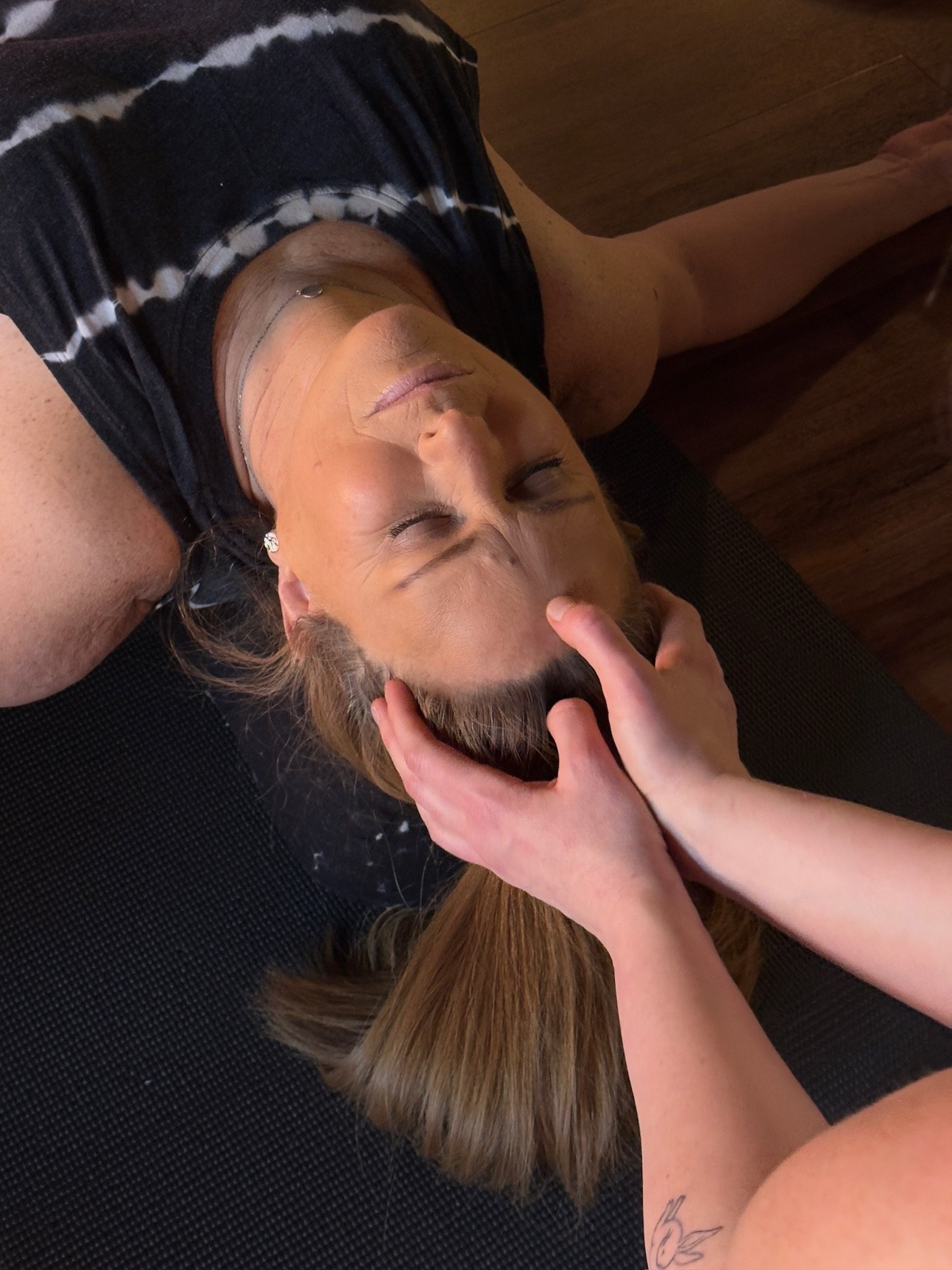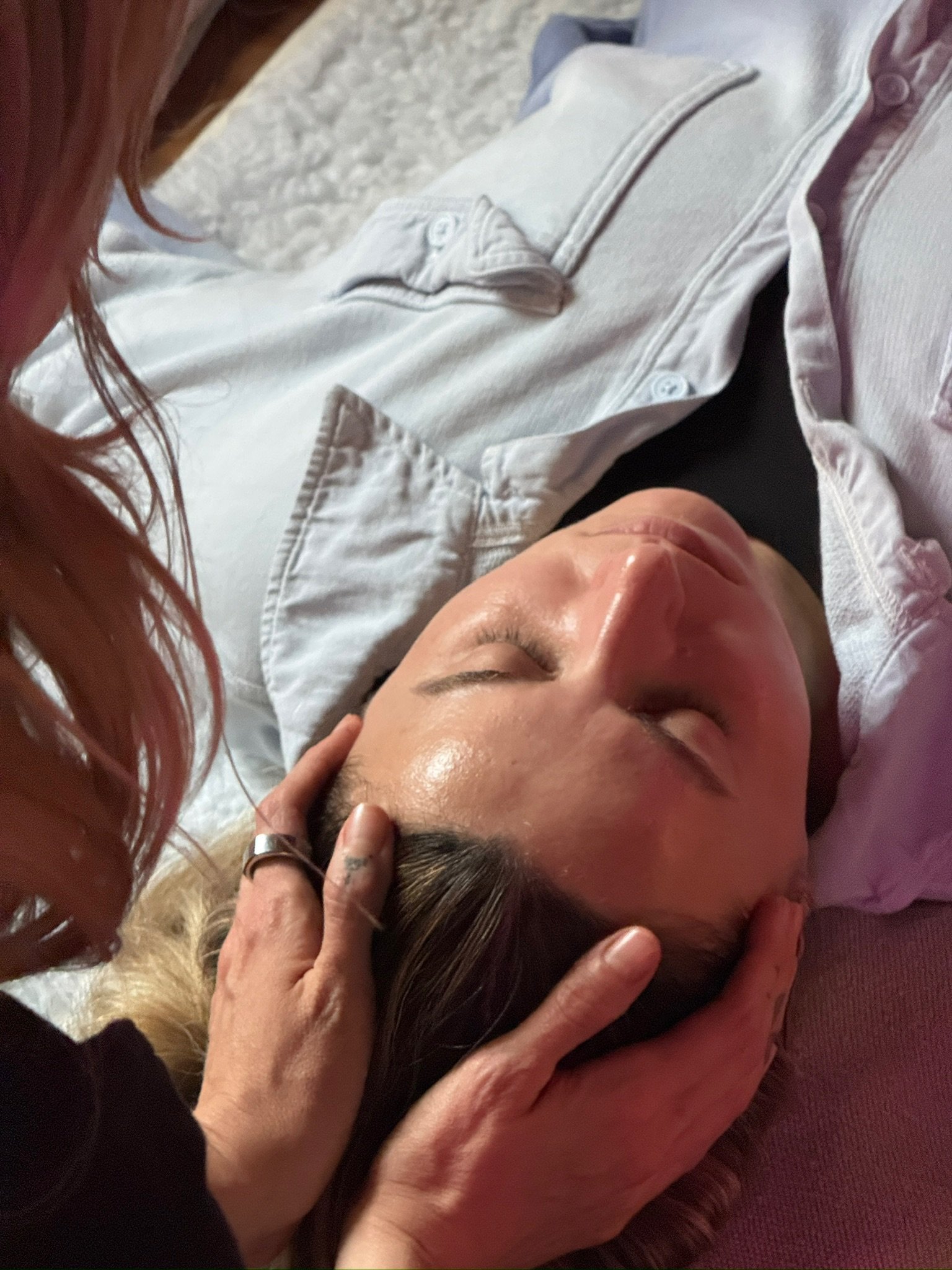Reiki: A Gentle Guide to Energy Healing
At Bath House, healing is more than a moment—it’s a return to the self. Reiki invites you into that return with open hands and soft intentions.
But what is Reiki, really? You may have heard the word in yoga studios or whispered during breathwork sessions, but Reiki’s subtle magic deserves a proper introduction. Whether you’re brand new or Reiki-curious, this guide will walk you through its origins, how it works, and why this sacred practice continues to transform lives.
What Is Reiki?
Reiki is a gentle, hands-on (or hands-hovering) energy healing technique that supports balance in the body, mind, and spirit.
The word Reiki comes from the Japanese words rei (universal) and ki (life force energy). It’s based on the idea that this life force flows through all living things—and when it's low or stagnant, we’re more likely to feel unwell or out of sync.
Reiki practitioners act as a conduit for this energy, allowing it to move through their hands and into the recipient, helping the body’s natural healing systems reset and realign.
Where Did Reiki Originate?
Reiki originated in Japan in the early 20th century, developed by Dr. Mikao Usui, a spiritual teacher who sought to understand the healing methods used by ancient sages and mystics. Through years of study, fasting, and meditation, he developed a system of hands-on healing that was later named Usui Reiki.
Reiki has since evolved and spread globally, with practitioners around the world using this sacred method to support deep emotional and energetic healing.
How Does Reiki Work?
During a Reiki session, the practitioner lightly places their hands on or just above specific areas of the body. While there’s no manipulation of muscle or tissue, the energetic field is profoundly impacted.
Clients often report feeling:
A warming sensation
Gentle tingling or pulsing
Emotional release or tears
A deep sense of calm or clarity
From a scientific perspective, Reiki is thought to activate the parasympathetic nervous system—our "rest and digest" mode—allowing the body to exit fight-or-flight and access deeper repair states.
How Does Reiki Work?
During a Reiki session, the practitioner lightly places their hands on or just above specific areas of the body. While there’s no manipulation of muscle or tissue, the energetic field is profoundly impacted.
Clients often report feeling:
A warming sensation
Gentle tingling or pulsing
Emotional release or tears
A deep sense of calm or clarity
From a scientific perspective, Reiki is thought to activate the parasympathetic nervous system—our "rest and digest" mode—allowing the body to exit fight-or-flight and access deeper repair states.
What Is a Reiki Session Like?
At Bath House, Reiki is woven into experiences that often include sound healing, restorative movement, or gentle yoga. Reiki becomes a part of the larger ritual, a thread of energetic care running through the full-bodied experience.In these sessions, hands-on (or hands-hovering) energy work is seamlessly integrated into a container of breath, movement, and stillness.
Here’s what you might expect:
Intention setting or oracle card pulling to anchor your practice
Slow movement or restorative yoga to prepare the body to receive
Sound bath immersion, where Reiki is offered intuitively as part of the experience
Aromatherapy, gentle breathwork, or chakra balancing tools
You are always held with deep presence and permission. There is no need to speak unless something arises—you are free to rest, receive, and reconnect in your own way.
What Is Reiki Good For?
Reiki is supportive for nearly every stage of life and state of being. While it’s not a replacement for medical care, it complements almost every wellness practice beautifully.
Reiki may support:
Emotional release and clarity
Stress relief and nervous system regulation
Improved sleep and energetic rest
Recovery from illness, surgery, or burnout
Spiritual connection and intuitive insight
Can Reiki Help With Anxiety?
Yes. Reiki works directly with the body’s stress response systems, helping you exit fight-or-flight and access deeper states of peace.
In clients who experience anxiety, Reiki often:
Slows breathing and heart rate
Reduces mental overactivity
Eases physical symptoms like tightness or stomach discomfort
Offers an empowering sense of grounding
Many people describe it as "relief without words"—a healing that meets the body, not just the story.
What to Wear for Reiki?
The best attire? Whatever makes you feel comfortable, cozy, and safe. Soft layers, natural fabrics, and socks are encouraged. No need to dress up—Reiki is about releasing, not performing.
Reiki at Bath House: Rest, Receive, Realign
Reiki doesn’t give you anything—it simply reminds your body what it already knows: how to rest, how to regulate, and how to return to the truth of who you are. Whether you’re navigating change, craving stillness, or seeking emotional renewal, Reiki can be a loving guide back to center.
Experience Reiki in one of our upcoming classes or through a private somatic reiki session and step into the stillness with us.






